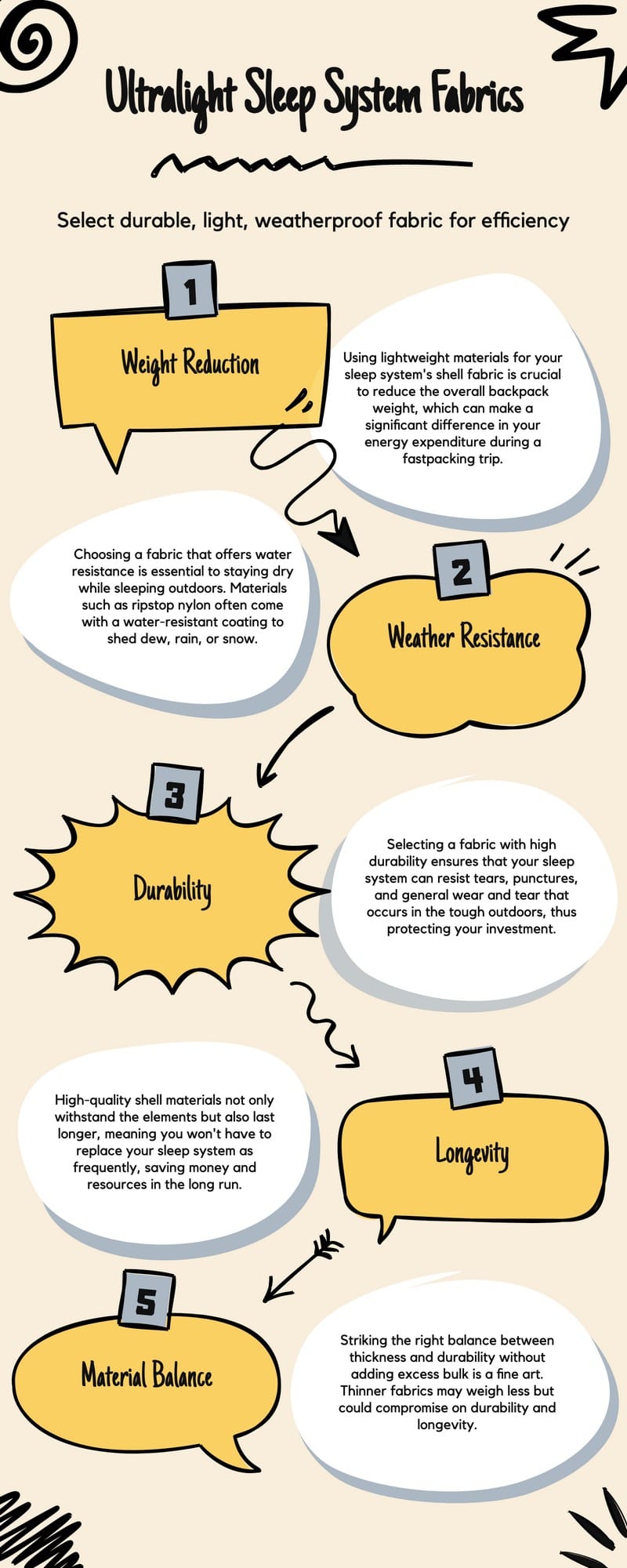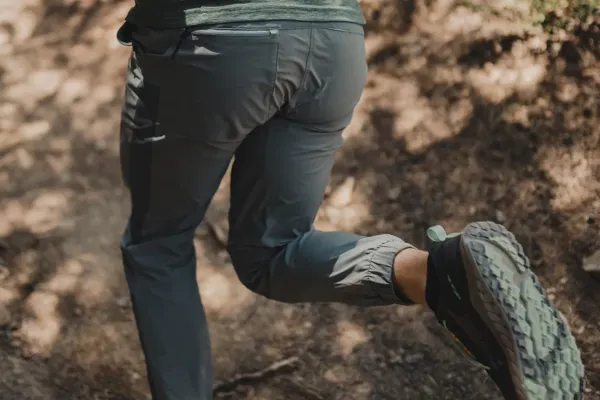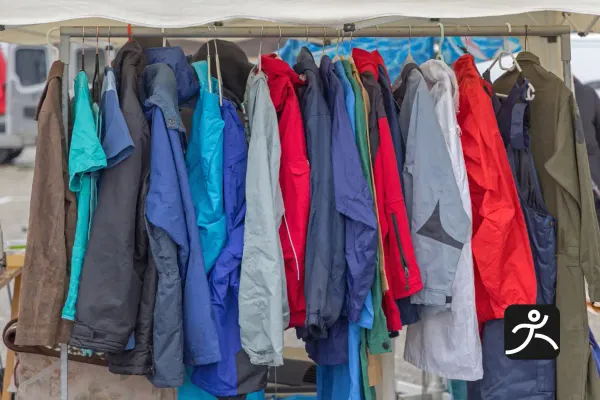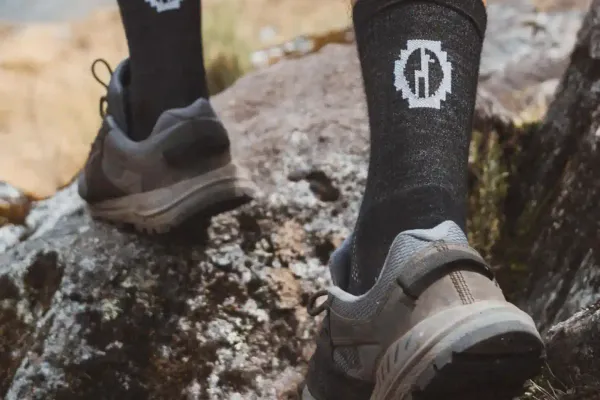Fastpackers Guide: Comfortable Ultralight Sleep Systems
Get the lowdown on ultralight sleep systems for fastpackers, balancing weight and comfort effortlessly—discover the secrets to a perfect night's rest on the trail.

When fastpacking, achieving the perfect balance between minimal weight and maximum comfort can often feel elusive, especially when it comes to your sleep system.
You might wonder how to keep your pack light while still ensuring you get a good night's rest. The secret lies in carefully choosing components like a lightweight sleeping quilt and a compact sleeping pad, but that's only the beginning.
What about the materials and their impact on warmth and durability? Understanding these elements could be the game-changer you need for your next adventure.
Essential Components for Restful Nights Outdoors
A well-rounded ultralight sleep system consists of a sleeping bag or backpacking quilt, a sleeping pad, and optional accessories like a pillow or liner.
Your choice of sleeping bag is essential for warmth and weight. Look for one with high fill power, which indicates better insulation.
A sleeping pad is equally important, providing cushioning and insulation from the ground. Lightweight options made from materials like closed-cell foam or inflatable designs are popular among fastpackers.
Don't overlook optional accessories; a small pillow or a sleeping bag liner can enhance comfort without adding much weight.
Insulation Innovations: Fill Materials and Their Impact

When selecting components for your ultralight sleep system, understanding the different fill materials and their power is key to optimizing warmth and weight.
Fill power indicates the quality of down insulation in sleeping bags, with higher numbers (800-1000) offering better warmth. Goose down is popular for its high warmth-to-weight ratio. To maintain loft and warmth in damp conditions, consider water-resistant down.
- Goose Down: High warmth-to-weight ratio.
- Fill Power: Higher numbers (800-1000) provide efficient warmth with less weight and better packability.
- Water-Resistant Down: Maintains loft in wet conditions.
- Synthetic Insulation: Better moisture resistance, typically heavier and less packable than down.
Choosing the right fill material can have a significant impact on your comfort and pack weight on the trail.
Protective Layers: Choosing the Right Shell Fabric
When selecting shell materials for your ultralight sleep system, it's crucial to take into account their significance in weather resistance and durability.
Water-resistant ripstop nylon is frequently utilized to shield against moisture and wear, all while maintaining a low overall weight.
The proper shell fabric will guarantee that your sleep system stays lightweight yet sturdy enough for outdoor conditions.
Importance of Shell Fabric
Selecting the appropriate shell fabric, such as water-resistant ripstop nylon, is essential for maintaining a low pack weight while ensuring durability and weather resistance.
The right shell fabric greatly impacts weight reduction without compromising the sleep system's ability to protect you against the elements. It's vital to balance the fabric's thickness to guarantee it's durable in outdoor conditions without adding excess bulk.
- Weight Reduction: Lightweight materials minimize overall pack weight.
- Weather Resistance: Water-resistant fabrics keep you dry.
- Durability: High-quality materials withstand outdoor wear and tear.
- Longevity: Good shell fabrics enhance the sleep system's lifespan.
Choosing the right shell material is key to achieving a comfortable and efficient ultralight sleep setup.

Weather Resistance and Durability
Choosing the appropriate shell material for your ultralight sleep system guarantees you stay dry and protected, without adding unnecessary weight.
Shell materials like water-resistant ripstop nylon are excellent for enhancing weather resistance and durability. The ideal thickness of these fabrics balances protection against the elements and overall weight.
Lightweight shell fabrics greatly reduce the total weight of your sleep system, ensuring you don't compromise on durability.
Shell materials directly impact the weather resistance of your sleep system, which is essential for maintaining comfort and longevity in varying outdoor conditions.
Balancing Act: Weight Considerations for Fastpackers
For fastpackers, the weight of your ultralight sleep system is a critical factor that directly influences your overall comfort and efficiency on the trail. Ultralight backpacking demands careful contemplation of each component.
When selecting sleeping pads, make sure they're light enough to not burden you but still offer sufficient insulation and comfort. Aim for a sleep system weight of 2 to 3 pounds, balancing warmth and weight.
Higher fill power (FP) down provides excellent warmth without much weight and also is far better to pack into a small backpack. Here are key factors to consider:
- Shell materials: Lightweight yet durable fabrics.
- Fill power: Higher numbers offer more warmth per ounce.
- Insulation types: Down vs. synthetic, with down being lighter.
Balancing these factors ensures you can move around efficiently.
Investing in Comfort: Cost-Effective Sleep Solutions

When you're planning your ultralight sleep system, balancing cost and quality is essential to an effective fastpacking gear list.
When starting you should opt for budget-friendly options like a narrower mattress or a puffle blanket to save money without sacrificing comfort. But these are short-lived items as once experienced you will want more dependable gear to help elongate seasons you can fastpack in.
Building a Cost-effective Sleep Solution
In your quest for a cost-effective sleep system, you need to look at gear with a perspective to be at a quality price while also not compromising on comfort.
You need to get a sleeping pad and a backpacking quilt. Between these 2 normally in a summer timeframe, you need way less insulation, beneficially dropping the cost, weight, and pack room required.
Here are some cost-effective choices within a summer mindset:
- 40°F Backpacking Quilt: A special quilt that still provides warmth but since its. quilt you can easily only use part of it to enable easy body ventilation.
- Non-Insulated Mattress: Saves money, weight, and many times packability.
- Silk sheet or alpha direct sheet: If in crazy high temperatures, this can reduce cost significantly while preserving comfort.
These choices make for versatile and budget-friendly options.
Efficient Fastpacking Sleep System Gear Picks
While many offer cost-effective solutions, let's explore some top gear picks that provide exceptional value and comfort for fastpacking. The following options cater to different personal preferences, ensuring a good night's sleep.
| Gear Option | Weight | Price |
|---|---|---|
| Katabatic Flex 40°F Quilt | 17.8 oz | 505 g | $349.00 |
| HMG 40°F Backpacking Quilt | 14.4oz | 408g | $399.00 |
| Zpacks Summer Quilt 40°F | 9.7 oz | 276 g | $339.00 |
| Therm-a-Rest NeoAir XLITE Sleeping Pad | 13 oz | 369 g | $209.95 |
| Nemo Tensor™ Trail Sleeping Pad | 13.9 oz | 395 g | $179.95 |
Exploring these gear choices can connect you to trusted retailers within the backpacking community. Always consider your specific needs and budget constraints when making a purchase.




